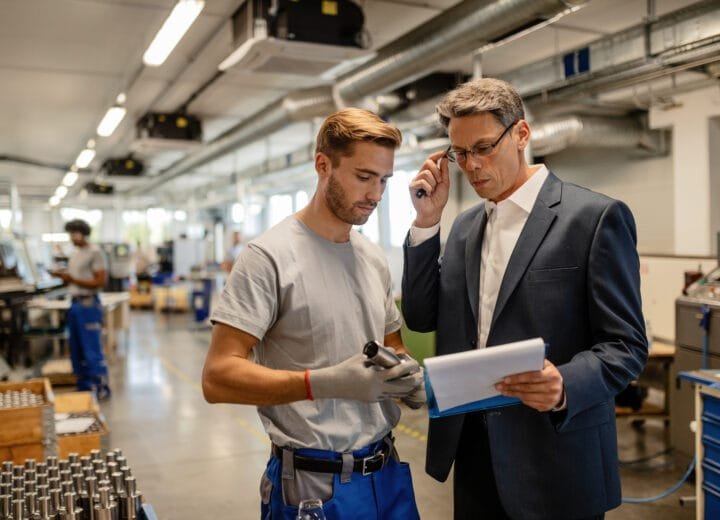Improving productivity in the current global competitive environment has created a need for thoroughly defined performance measurement systems in a manufacturing process. OEE (overall equipment effectiveness), a vital KPI of TPM (Total Productive Maintenance) is used to evaluate performance and productivity of the machine. OEE is one of the performance evaluation methods that is most common and popular in the production industries also that is Improve quality.
Today various innovative techniques and management practices such as Total Productive Maintenance, TQM have been adopted by organizations. Total Productive Maintenance is a methodology which involves maintaining performance across the plants along with equipment performance. Successful Total Productive Maintenance implementation is an effort where the entire organization works together to maintain and improve the equipment.
As an initial initiative it is critical to measure even a small change, because as Druker says ‘if you cant measure it, you cant improve it!’. OEE is a metric originally developed to measure the success of Total Productive Maintenance by associating the six big losses segregated within three measurable criteria’s: Availability, Performance, and Quality (APQ).
Improve Quality and Performance through OEE
Worldwide, OEE implementation has been significantly effective in improve quality, performance rate and quality rate. While reducing unscheduled breakdown time and wastage that twigs from the equipment.
Looking at machine operation, basically there are six types of waste which can be referred to as losses, because they reflect lost effectiveness of the equipment. These six big losses are grouped in three major categories: downtime, speed losses, and quality losses. The major goals of OEE are to reduce and eliminate the most common causes of efficiency loss in the manufacturing process.
Team Faber Infinite rolled out OEE improvement project at a leading textile machine manufacturer, with significant reach and market share in India. Following issues were bothering the people on Shop floor.
– Overall equipment availability was 78%. – Average Mean Time between Failure (MTBF) was 2112 mins. – Average Mean Time to Repair (MTTR) was 100 mins. – No visuals on Machine. – Training of new operators was difficult.
A structured analysis was conducted to ascertain the current scenario of the workplace and measure the equipment effectiveness.
Following parameters were used to gauge the existing conditions of workplace:
– It started with data collection and analysis of all historical breakdowns and stoppages of equipment. – Measurement and tracking of Overall Equipment Effectiveness (OEE). – Rollout of Autonomous Maintenance Step 1 – Preparation of Cleaning Oiling Tightening Inspection (COTI) sheet – Verifying COTI time by stop watch – Make machine visual to ease the process of training and operating.
Remarkably visible results were achieved which are as follows:
– Machine availability increased from 78% to 98% – Autonomous Maintenance time reduced from 30 min to 10 min – Training new operators was easier with help of visual indicators – Helps manager & other team members to understand the current situation of the machine. The scope of improvement in terms of equipment performance is tremendous and can vary depending on the industry. With application of Total Productive Maintenance principles and implementation, actions can be taken to improve the OEE, and thereby increasing the output and APQ parameters of the machine.Written By: Faber Devna Chaturvedi



